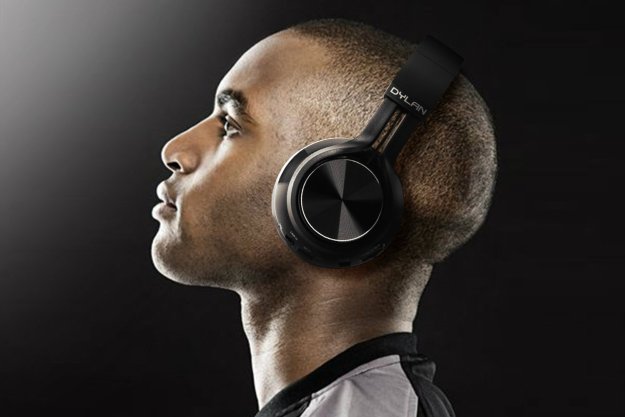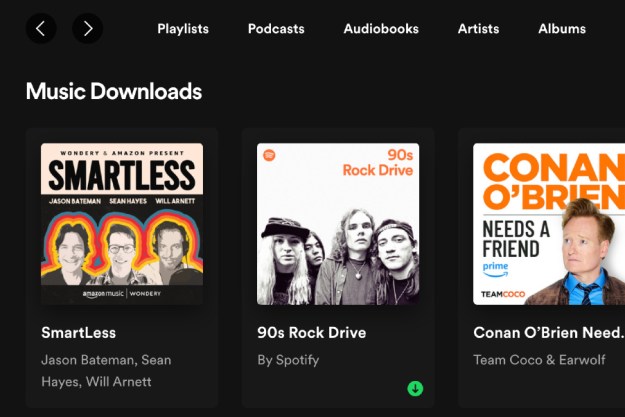Mesmerizing in sound and style, Sony’s Glass Sound Speaker is as unobtrusive as it is attractive
Head-banging music played at an ear-bleeding volume level is great, but not always the kind of thing you want to hear after a long day’s work, when you’re entertaining, or just relaxing with a book. Instead, some soothing background music is what you need, and if you play it through Sony’s beautiful Glass Sound Speaker, then the relaxation (and coolness) factor increases by ten.
It’s a wonderful piece of lifestyle technology for people who don’t want ugly speaker boxes cluttering up a room, and fits right in with the rest of Sony’s LifeSpace UX range, which includes the LED light bulb speaker and stylish, unobtrusive home projector systems. We saw it demonstrated during the London Design Week show, where four had been integrated into a mock living space. It was impossible to tell the source of the sound, or even identify that they are speakers at all.
There was a very pleasing crispness to the ambient sound delivered by it, but it wasn’t lacking power.
The vibrating, resonating glass tube mimics a tweeter, and a 50mm woofer built into the aluminum base station provides the bass. The sound is propelled out of the glass, creating a vast 360-degree soundstage, hence why they were impossible to place in the listening area. Not only that, they’re expertly disguised. The glass cylinder contains LED filaments that make it look more like a space-age candle lamp than a speaker. Other people stood in the room and looked for speakers, never once realizing the lamp on the shelf was responsible.
Using glass to project the sound means the LSPX-S1 is best suited to playing soft vocal music, orchestral, or acoustic pieces. Give it anything too hardcore, and it won’t sound its best, but then such noise wouldn’t suit the design either. It connects using Bluetooth and the SongPal app to your phone, is compatible with Google Cast, and has a stereo mini jack input for use with a regular music system. Put two together, and you’ll get stereo sound. There’s even a four-hour battery inside for wire-free audio wherever you are.
If you don’t want to use the app to control volume levels, or the brightness of the lamp, Sony has awkwardly placed touch controls on the base of the Glass Sound Speaker. That means you’ll have to pick it up and turn it upside down to adjust them — we much prefer Bang & Olufsen’s touch sensitive, top-mounted controls on its similar Beosound 1 and 2 360-degree speakers.

However, the Sony speaker is considerably more subtle — both in style and sound. There was a very pleasing crispness to the ambient sound delivered by it, but it wasn’t lacking power, and filled the wide space in which we listened well. It’s not without movement, either. The top of the glass cylinder noticeably vibrates — like the dome of a speaker — at higher volumes, and can be felt by placing a finger on it.
The Sony Glass Sound Speaker is a lifestyle gadget intended for buyers with a flair for interior design and a passion for mesmerizing sound from high-tech pieces of equipment. It’s not for everyone, or every situation, and if you want one be prepared to dig deep. It’s $800 in the U.S., and 800 British pounds in the U.K., which is an awful lot of money for a speaker that isn’t a jack-of-all-trades. We can’t overlook the beautiful style though, and in the right setting, it’ll blend in perfectly while filling the room with wonderfully crisp sound.
Highs:
- Beautiful design
- Crisp audio
- Wide range of connectivity options
- Internal battery
Lows:
- Expensive
- Operates at its best with particular music types




